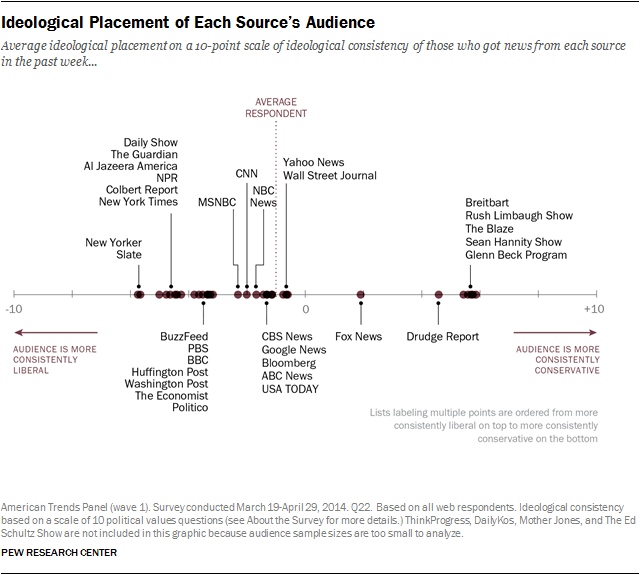Skip to Main Content

Recognizing News Bias
- Research the newspaper. Some papers have a reputation for giving a particular slant on the news, in addition to the news itself. But don't assume that views expressed on the editorial pages have any influence on coverage; reputable newspapers strictly separate the news and editorial staffs. Also, take note of how many ads the paper runs (not including inserts which are often added after the fact). If there are large number of printed ads that may indicate a paper is beholden to numerous entities such as special interest groups, local and/or federal governments, corporations etc. for funding.
- Look at how the writer treats the people he is writing about. Do some sources or witnesses "claim" their stories while others "explain" them? Make notes of language that gives you a positive or negative feeling about a piece of information, but which represents the writer's opinion, and not a verifiable truth.
- Pay attention to the overall tone of the article. Does the feeling it gives you relate to the information given (e.g. murder makes you feel sad) or to the writer's opinion (e.g. a particular political party is scary)?
- What's missing from the article? Is there a source, witness or explanation that has obviously been ignored? Is the "why" unclear? Does the article fail to present the position of one or more parties involved in the story?
- Watch for buzzwords. These are vaguely-defined terms ("the homosexual agenda" or "the Christian agenda") that are designed or tend to evoke an emotional reaction without giving you any real information. Investigate the article for undefined terms, especially when you come across a word that gives you a very strong feeling.
- Does the writer try to identify with you or label you (or others)? Be wary if you find yourself being pulled into a particular group as you read the article - the writer may be expecting you to forget to think for yourself.
- Observe the placement of stories. The stories on the front page are considered to be more important than the stories in the back
- Consider how people are portrayed through pictures. A photo can make someone look good, bad, noble, sleazy, etc. Ask yourself the following questions: What impression does this photo imply about this person? Could a more objective photo have been used?
- Look for at least two sides to every story. A good reporter will allocate adequate space in the story to present facts and figures supporting all sides of an issue. Ask yourself if all sides of this argument or dispute would agree that their views were represented fairly? If not, the story may show bias.
- If statistics are provided or studies are mentioned, dig a little deeper. Where did those statistics and studies come from? Who collected or conducted them? Who funded the research? The best articles will reveal this information.
- If headlines or charts tout "the worst/best/highest/lowest in X years, do some research. More data might show that if you go back 2 or 3 times "X" years ago, "X years ago" things really weren't so good or bad as the headlines would lead you to believe.
- Learn to recognize press releases. Corporations and organizations regularly issue press releases to distribute their side of an issue or story to the media. Some media outlets reprint these releases as "news" without doing their homework or any investigative journalism. Press releases tend to follow a predictable formula of 1. Introductory paragraph 2.a single quote from a company executive or spokesperson 3. summary paragraph or "for more information" reference/link.

